

The genre that seems to have suffered the greatest ratio of casualties-to-survivors seems to me to be the spooky old dark house horror comedy. Above, we get a glimpse of what we’re missing vis-a-vis Benjamin Christensen’s THE HAUNTED HOUSE, of which only a few images and the Vitaphone sound-on-disc soundtrack are known to survive.
Christensen’s Hollywood movies are mostly not too exciting, in my opinion, even when he worked with Chaney, but SEVEN FOOTPRINTS TO SATAN, his third spookhouse movie, is a hallucinatory masterpiece, largely jettisoning plot in favour of a parade of grotesque images. You can really see that this is the maker of HAXAN.






7 FOOTPRINTS does survive, but has been very hard to see.
Christensen also made THE HOUSE OF HORROR, a part-talkie, all-lost. Confusingly, it has almost the same cast as HAUNTED HOUSE but is a different film. Cornell Woolrich wrote titles for HH and dialogue for HOH.
This all leads to LONDON AFTER MIDNIGHT, possibly (for some odd reason) the most famous lost film. It’s a spooky Scooby Doo mystery.
I had assumed that THE CAT AND THE CANARY was the progenitor of all this, and it probably did set the late 20s cycle in motion, but wait! When Bob Hope’s remake was a hit, he was then starred immediately in THE GHOST BREAKERS, a remake of a 1914 Cecil B. DeMille (and Oscar Apfel) comic thriller, THE GHOST BREAKER singular.



Starring drunken sexy Jesus himself, HB Warner, the film is now, predictably, lost.
But wait and ah-hah! The film was remade in 1922…




Willie Best’s “comedy negro” act in the Bob Hope version did not originate the strong element of racial discomfort, it would seem, although at least Best was an actual Person of Colour, said colour not being the product of a can of shoe polish. But we need never worry too much about this, as the 1922 film is ALSO lost.
THE TERROR, an early Warners talkie from Roy Del Ruth, based on an Edgar Wallace shocker, sounds REALLY appetising. The traditional cowardly hero is Edward Everett Horton, which ought to get your pulse pounding. Contemporary reviews praised the mobile camera, suggesting that this is the exception among 1928 talks. The pics look atmospheric as hell.






Relax. It’s a lost film.
The sequel, RETURN OF THE TERROR, has a less exciting cast and less exciting stills. It appears to survive — but nobody has thought to make it available. Given the market for thirties horror movies, this suggests it’s either not in good nick or not a good film. But who knows? Somebody has decided not to let us see for ourselves.






The first remake of THE CAT AND THE CANARY, THE CAT CREEPS of 1930, is also (you guess it) lost. Apart from this footage:
I took the re-edited clips from a short call BOO! and cut them back into what seems to be their original form. From which we can see that it seems to have been a pretty faithful adaptation.
Fortunately for film history, Universal was in the habit of making films in multiple languages, so just as there’s a Spanish-language DRACULA, there’s a Spanish-language CAT CREEPS, LA VOLUNTAD DEL MUERTO, with Lupita Tovar, who was also in the Spanish DRACULA.


This movie would partially make up for CAT CREEPS being missing, except that it is also missing.
The silent version of THE GORILLA is lost, but there’s a talkie remake — also lost. But there’s a promo film which shows the gorilla-suited villain lumbering through a miniature Manhattan, a strong possible influence behind the 1933 KING KONG. One can imagine Merian C Cooper seeing the GORILLA trailer and then being annoyed that the film didn’t offer up an ape of comparable gargantuosity, or do I mean gargantitude?
So we’re lucky that THE BAT and THE BAT WHISPERS (in both Academy Ratio and the wonders of Magnifilm) survive. Paul Leni’s CANARY survives. His THE LAST WARNING was considered lost for a time, and his THE CHINESE PARROT remains MIA today.

And then there’s this — looks fun! Wikipedia says “It is not known whether the film survives, or who holds the rights.” Well, that sounds less final than “lost.” Has anyone tried asking the Boggart?


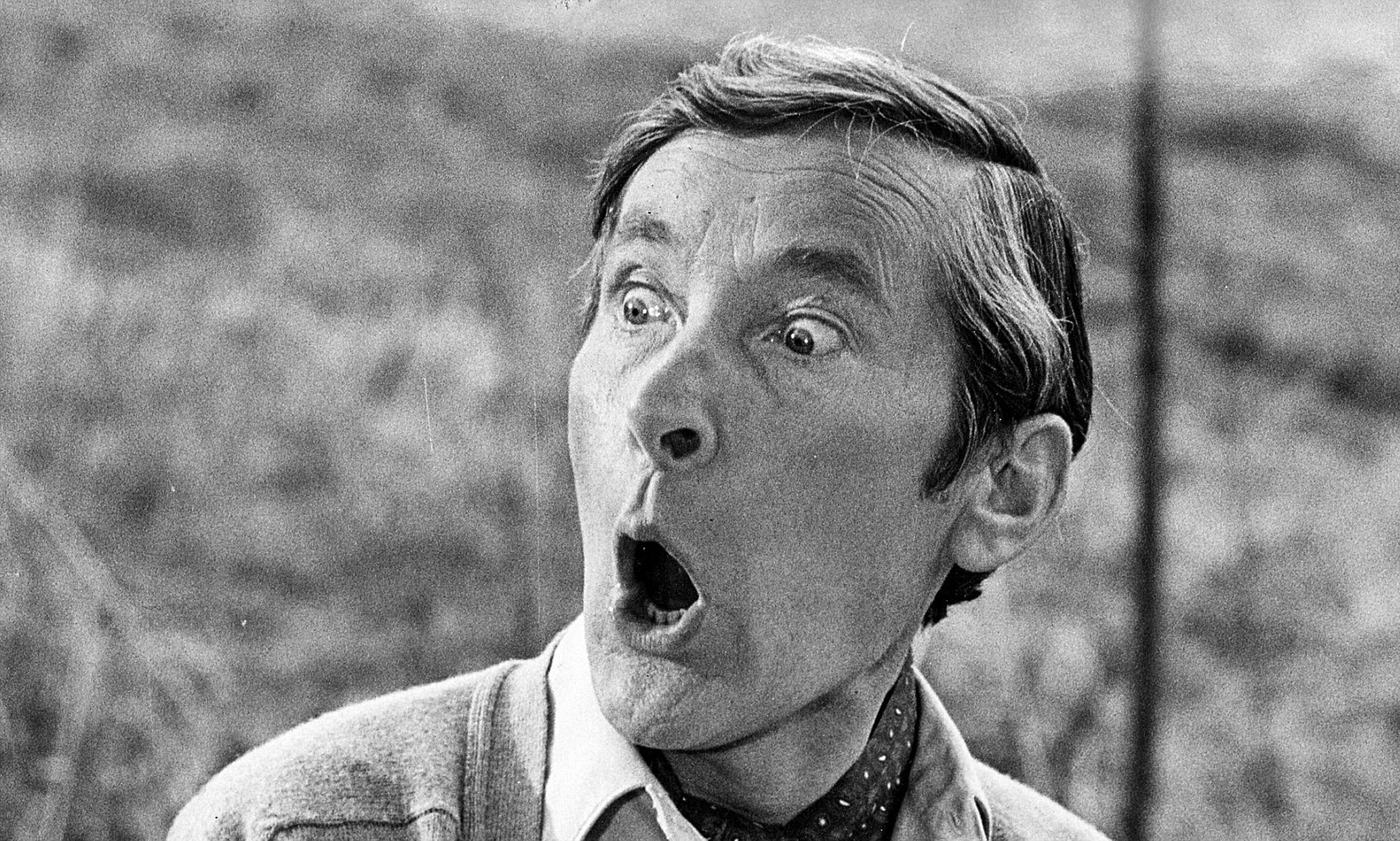
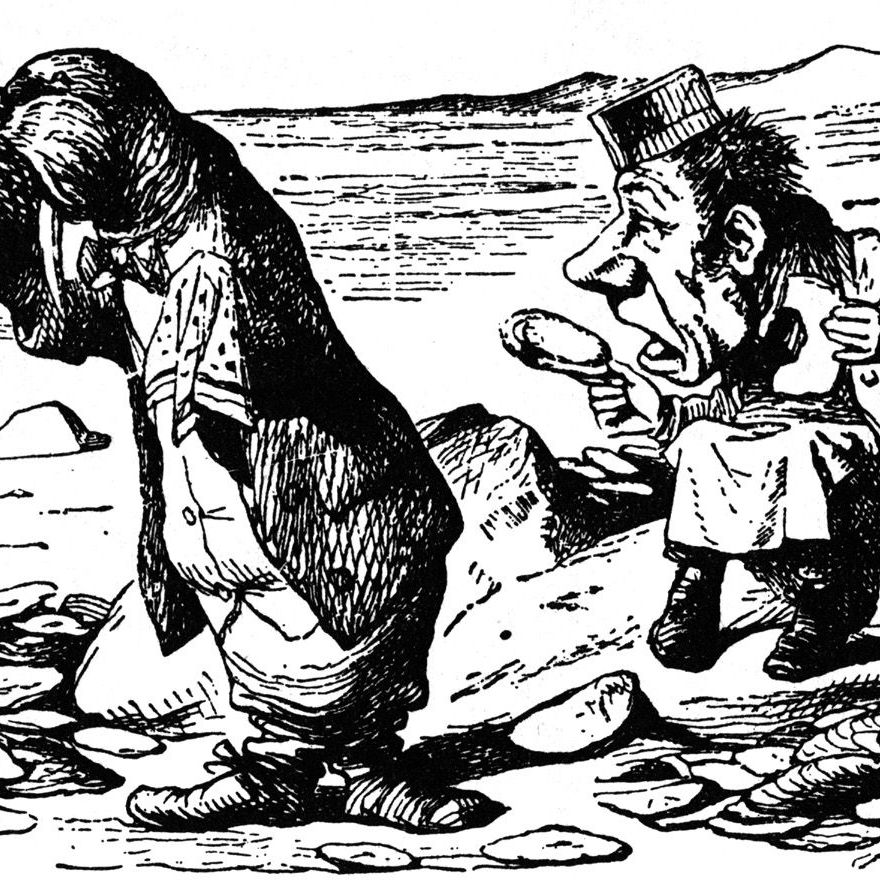
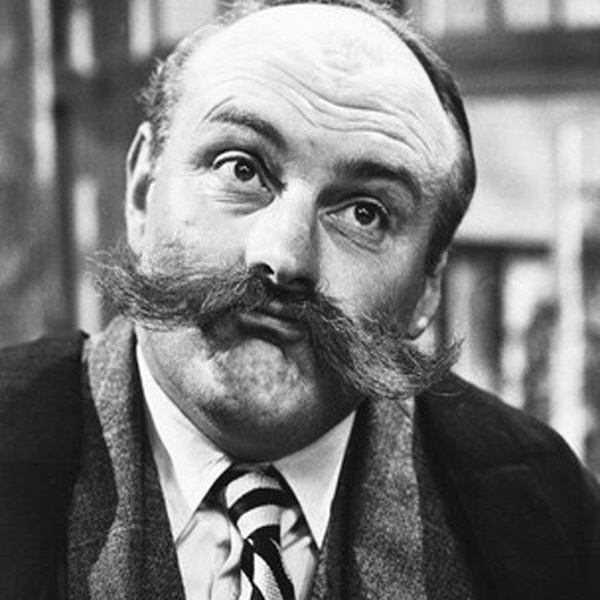

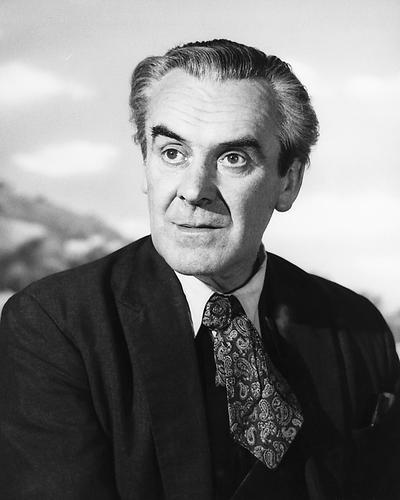


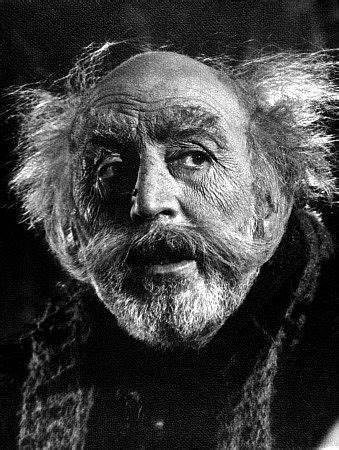
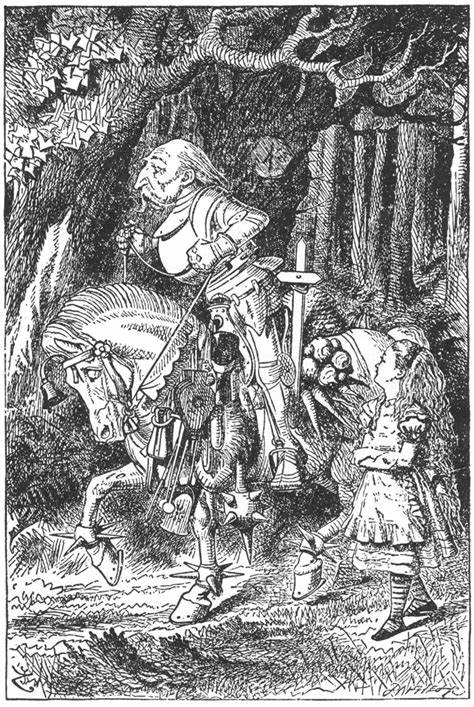

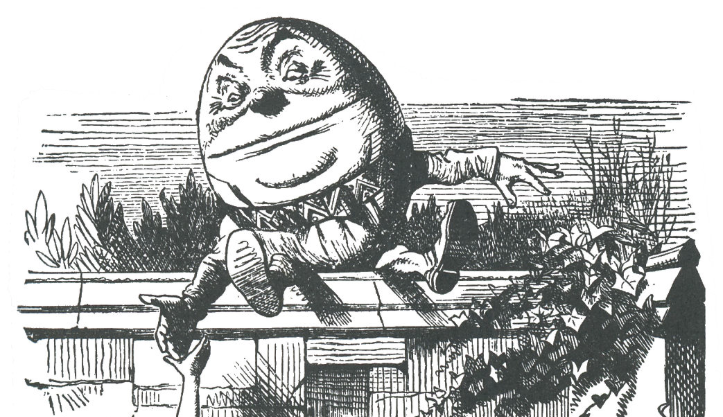
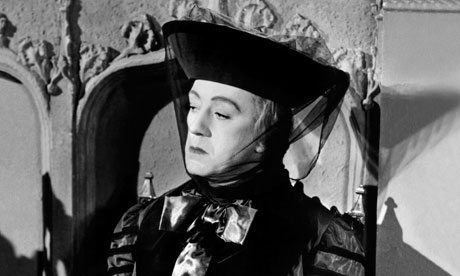

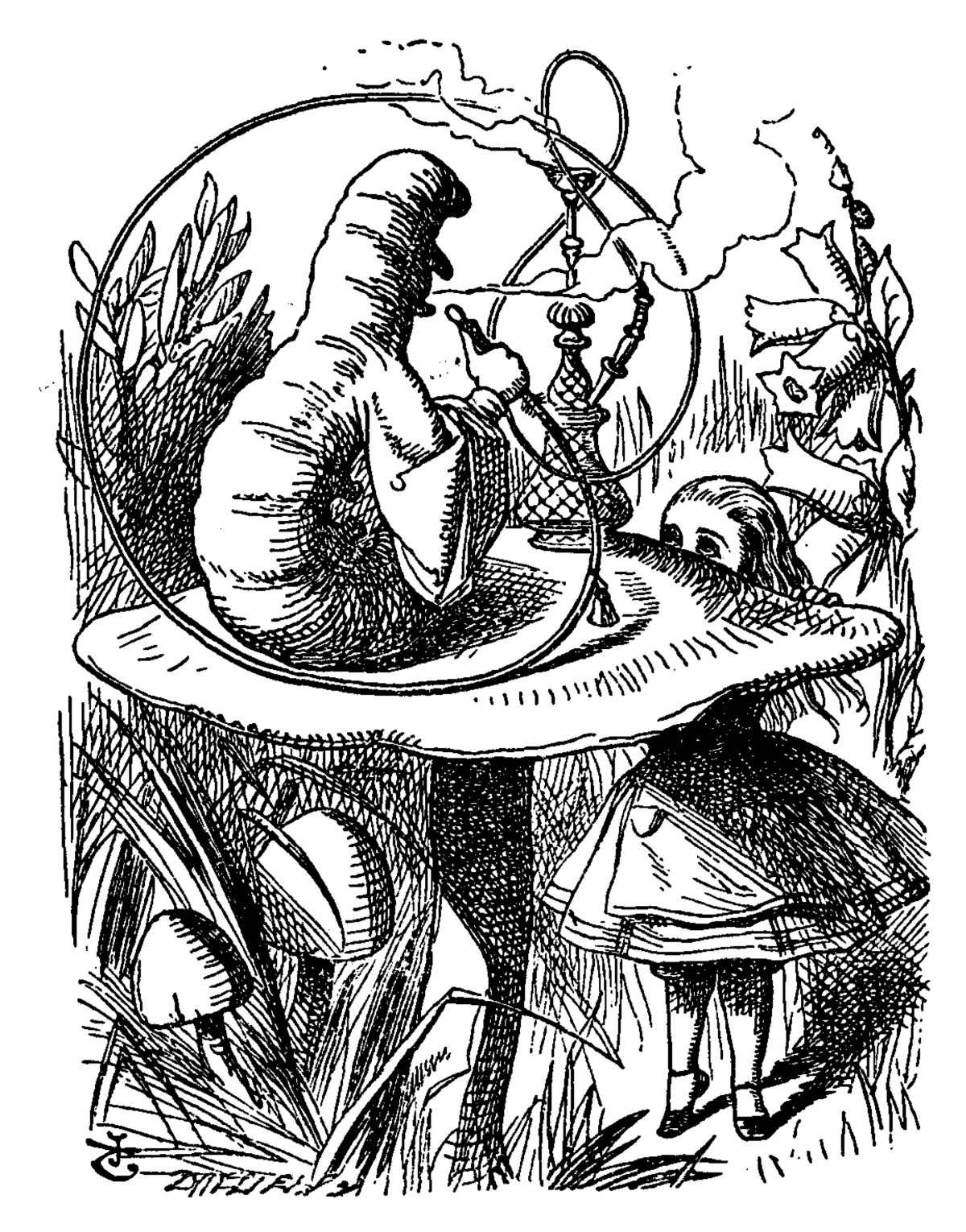




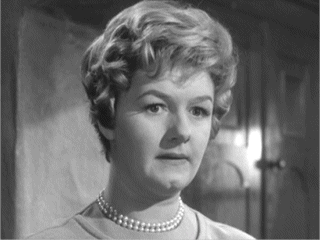
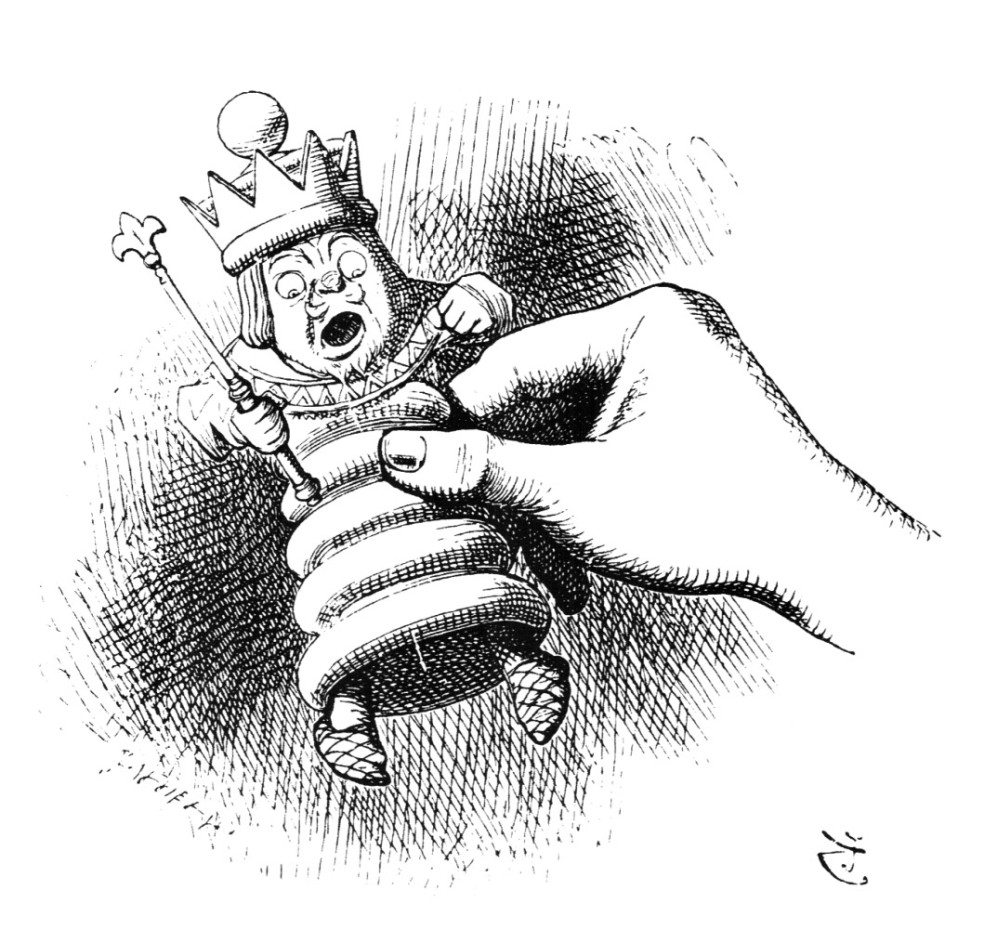

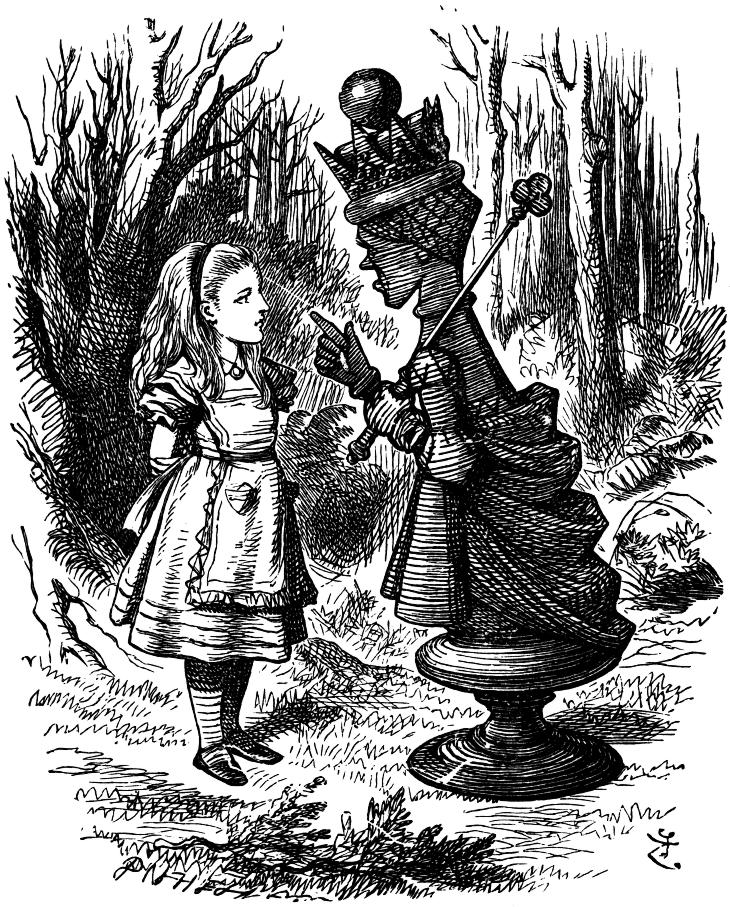
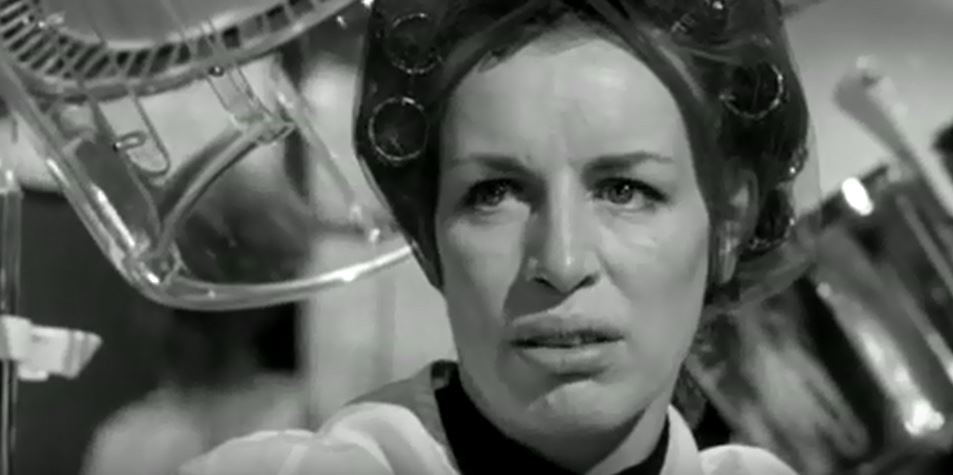
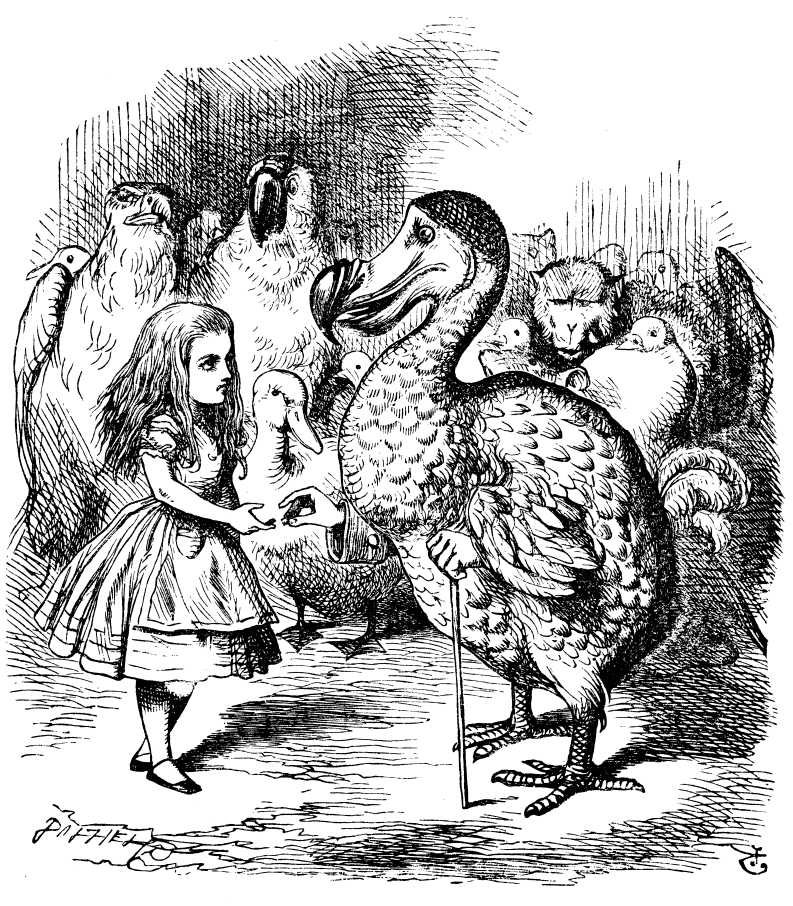
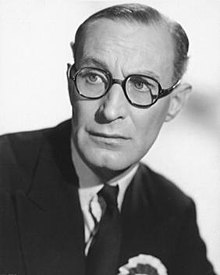
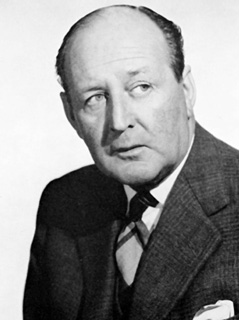
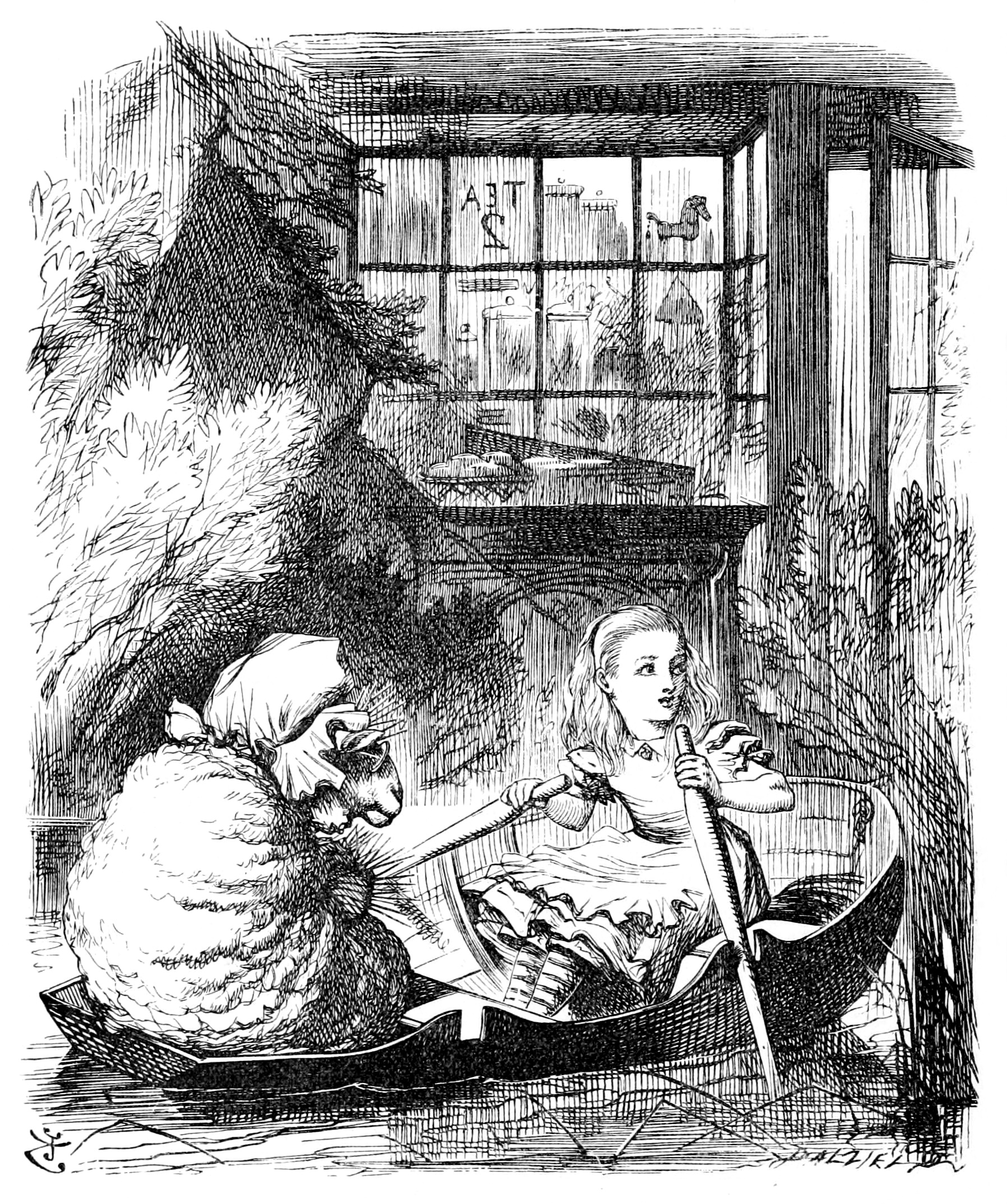
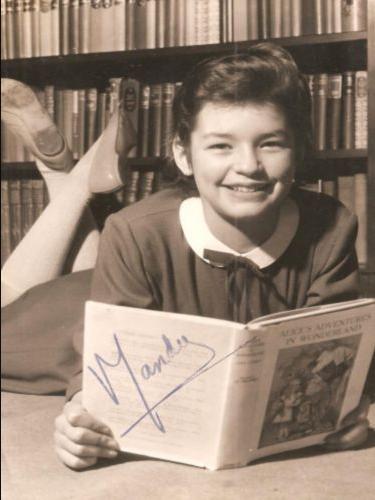
 After years of intending to see LADY FOR A DAY, I finally watched POCKETFUL OF MIRACLES, the generally-judged-inferior remake by the same director, Frank Capra. I will get around to the original, I promise!
After years of intending to see LADY FOR A DAY, I finally watched POCKETFUL OF MIRACLES, the generally-judged-inferior remake by the same director, Frank Capra. I will get around to the original, I promise! Angelo Rossitto, top left. You don’t often see him there.
Angelo Rossitto, top left. You don’t often see him there. Pros and cons. Pros:
Pros and cons. Pros: